To understand how Adrian Newey possesses an unparalleled level of technical knowledge in the current era of Formula 1, it is a good idea to take a look back on the career of the Briton to analyse not only the winning cars he designed but also the innovations contained within them.
Newey's unique quality is having an overall understanding of the single-seater. He does not see it simply on an aerodynamic level, but has a profound knowledge of the mechanics at the level of transmission and suspensions.
It is no coincidence that Newey achieved his first successes in F1 with Williams, a renowned team in which Adrian, coming from March Leyton House, formed a counterpart to the pragmatic nature of Patrick Head who was less accustomed to innovations but extremely capable of designing simple but effective single-seaters.
After a difficult 1991 in which the FW14 Renault proved to be very fast but incredibly fragile (it was the first Williams with a semi-automatic gearbox), the highly sophisticated FW14B dominated by adopting active suspensions which let it maintain a constant ride height that allowed maximum downforce to be extracted. As a result, Nigel Mansell dominated the 1992 world championship with nine race wins.
In detail, the suspensions were characterised by hydraulic actuators placed on the top of the push rods, which varied the extension of the cylinders inside them by means of solenoid valves operated by an electronic control unit.
Viewed by others:
Active suspension and four-wheel steering
In 1993, as aerodynamic development continued, the Williams FW15 was arguably the most technically advanced F1 car ever made. Unlike the previous car, the 1993 car was designed from the start for active suspension, allowing Newey to clean up the aerodynamics, significantly reducing the frontal section.
It was equipped with ABS and fly-by-wire (electronic throttle), traction control and a bi-directional telemetry system. The active suspension could be adjusted to make the diffuser stall in a straight line, a concept that Newey then revived from 2018 to 2021 at Red Bull.
In 1998 Newey moved to McLaren and created the MP4-13, managing to produce a particularly compact single-seater with a low centre of gravity to minimise the effects of load transfers.
Furthermore, Newey had also introduced "four-wheel steering" with an asymmetric braking system (selective braking), using a fourth pedal added to the pedal set, which acted only on the rear wheels – however, it was abandoned when it was declared illegal later in the season.
Newey, after moving to Red Bull in 2006, won the first title for the Milton Keynes-based team with Sebastian Vettel in 2010 before taking another three titles in a row. The RB7 in 2011 won due to a precise choice by Newey. He elected not to adopt the KERS system which was considered unreliable, but instead exploited the exhausts that blew through the diffuser, which allowed very high downforce to be generated from the floor of the car.
The modern era
Since 2019, with the switch to Honda engines, Red Bull has become progressively more competitive, increasingly threatening the Mercedes dominance that began in 2014 but above all in 2021 with the RB16B, an evolution of the car that competed in 2020.
The RB16B took the set-up to the extreme rake concept, which Newey has always considered relevant in his single-seaters since the blowing exhausts that featured and made the RB7 unbeatable in 2011 were banned. The RB16B proved extremely effective, especially in high-speed corners, boasting performance in those sections that was unmatched by the competition.
The last technical chapter concerns the ground effect cars starting from the RB18 of 2022 followed by the RB19 of 2023 and the current RB20. Three cars, made up of strong conceptual continuity, developed in every detail.
All three represent the reference point in terms of the configuration of the floor and for the section of the sidepods.
This season's RB20 takes this last element to the extreme thanks to the packaging of the innovative cooling system, arranged on four separate levels. While it’s an engineering masterpiece, it’s one that Newey believes can be further perfected.
Williams FW14B - 1992
The active suspension system designed by Newey made its debut on this car, (previously a less advanced system was adopted in 1987 by Lotus based on an inertial platform) effectively marking a technological turning point (before they were banned by the FIA at the end of 1993) in terms of managing vehicle dynamics linked to aerodynamics.
Red Bull RB7 2011
The blowing exhausts, placed on the bottom of the car in front of the rear wheels, to energise the flow directed to the lateral section of the rear diffuser, represent the peculiar and extreme characteristic of the RB7, with which Vettel won his second title.
Red Bull RB16B
It was the car that precedes the ground-effect challenger that will be introduced in 2022. Verstappen, with the RB16B, obtains his first world title, but beyond the drama in Abu Dhabi, for two-thirds of the season he kept Lewis Hamilton's Mercedes at a safe distance, proving to be a car characterised by a load generated by the very high bottom, uncatchable in high-speed corners.
Most read
In this article
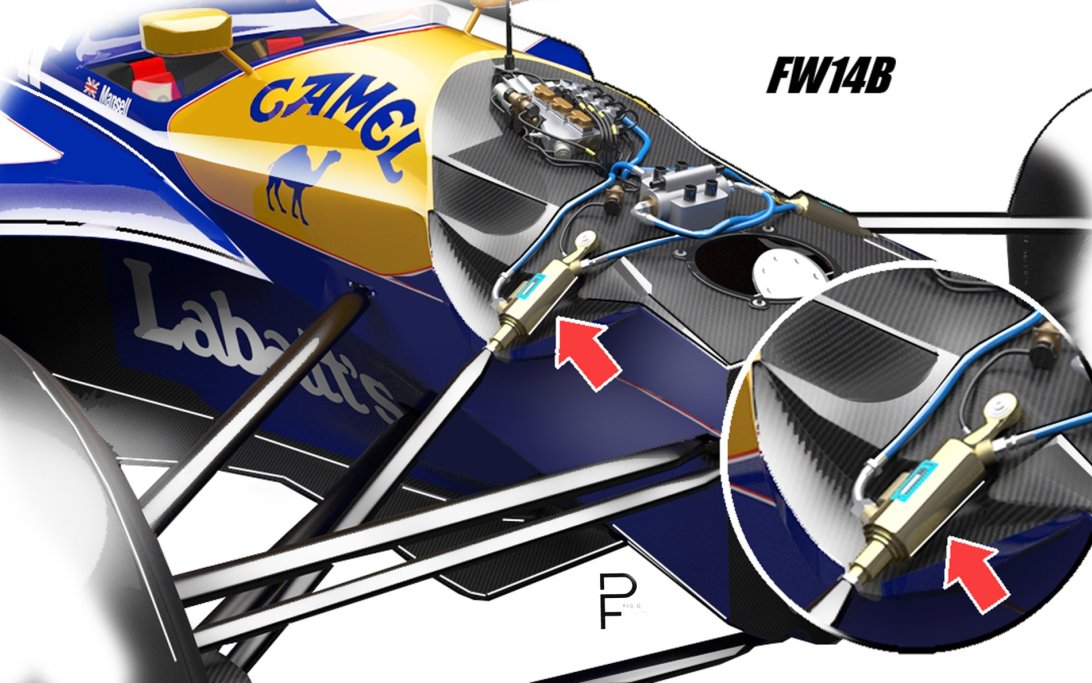
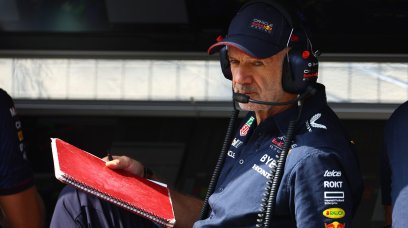
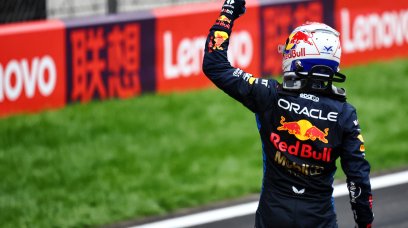

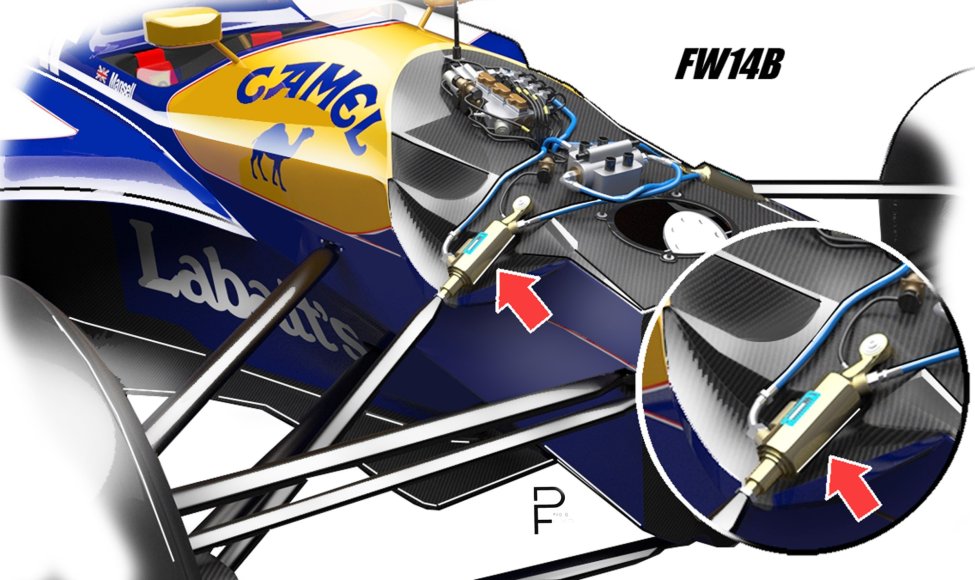
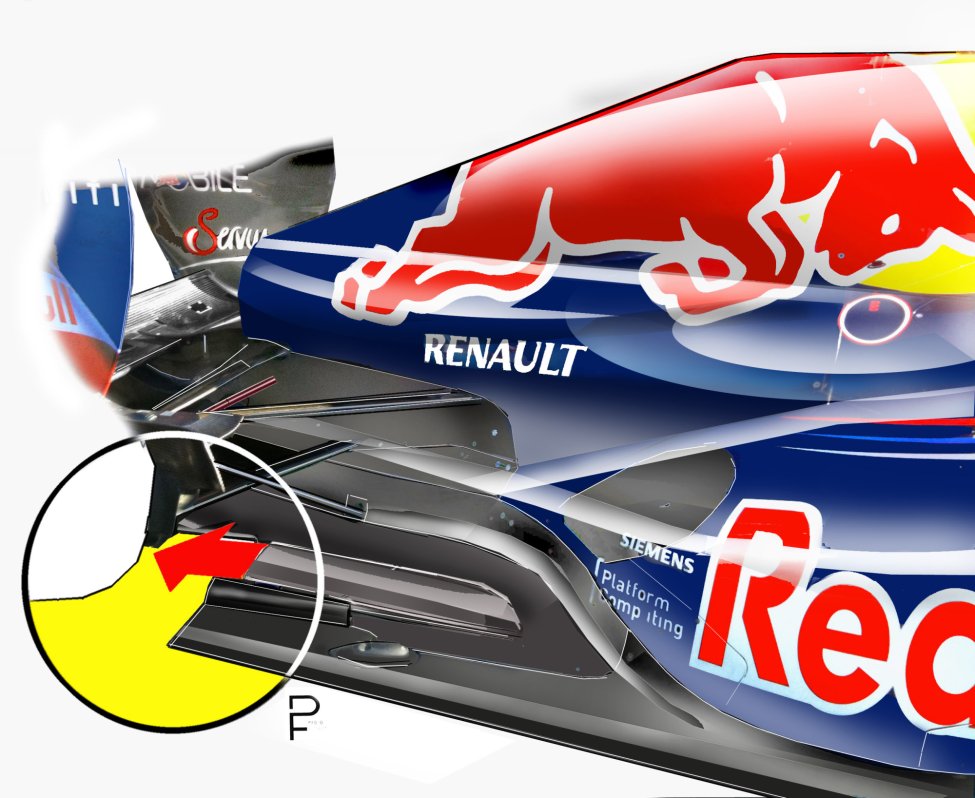


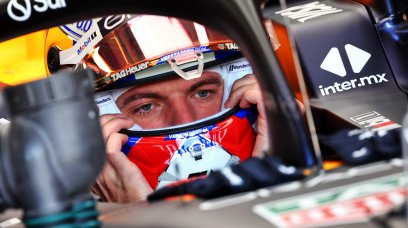


















Join the conversation!